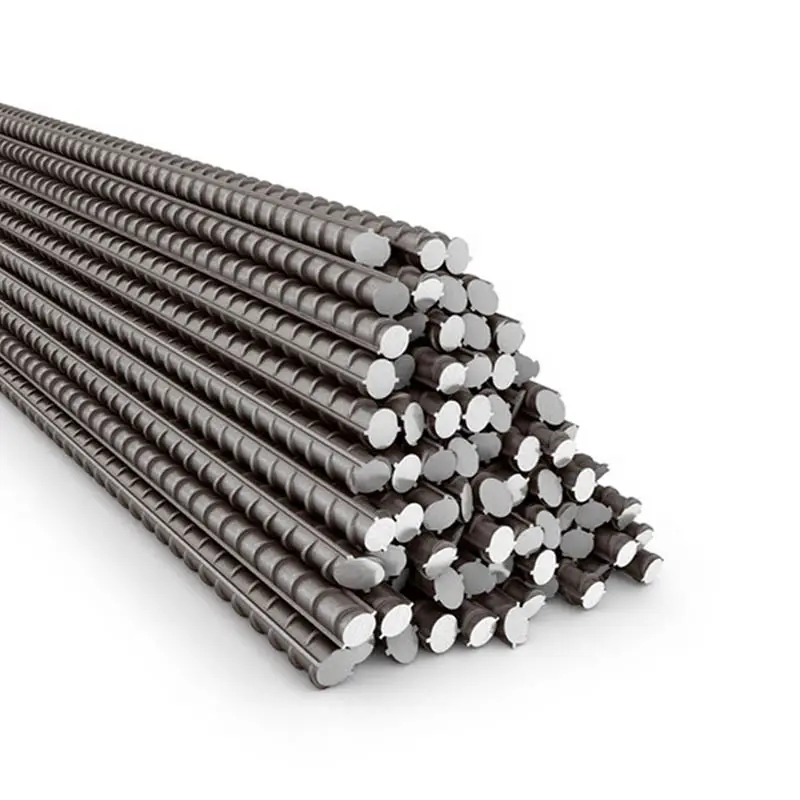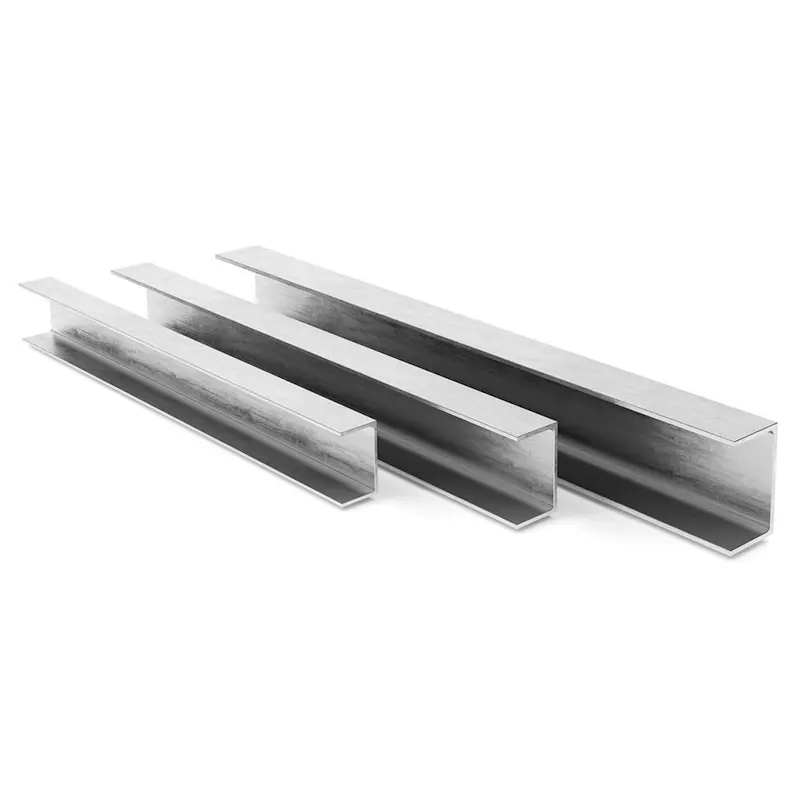Rebar for concrete structures is the backbone of reinforced concrete, a composite material where steel’s tensile strength complements concrete’s compressive strength. These rebars are manufactured from carbon or alloy steels with yield strengths 235–600 MPa, featuring deformations (ribs, lugs) to create mechanical interlock with concrete, governed by standards like ISO 6935 2 (minimum rib height 0.5mm, spacing 15–20mm). Key considerations include: 1) bond strength: calculated using empirical formulas (e.g., τ = 0.2√f’c for normal weight concrete); 2) corrosion protection: concrete cover thickness (20–50mm) and coatings (epoxy, galvanized) for chloride laden environments; 3) detailing rules: lap splice lengths (40–60d based on grade and concrete strength). Common applications range from residential slabs (8–16mm rebars) to industrial floors (20–32mm rebars), with design codes specifying minimum reinforcement ratios (e.g., 0.18% for slabs in ACI 318). Quality control ensures compliance with ductility (elongation ≥16%), weldability (carbon equivalent ≤0.5%), and dimensional accuracy (diameter tolerance ±0.4mm for 20mm rebars). Suppliers offer technical support for rebar detailing software (AutoCAD Rebar, Tekla Structures), assisting engineers in optimizing reinforcement layouts to meet serviceability (crack width ≤0.3mm) and ultimate limit state requirements, ensuring the longevity and safety of concrete structures worldwide.


